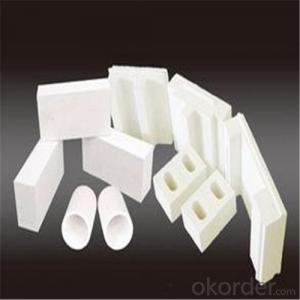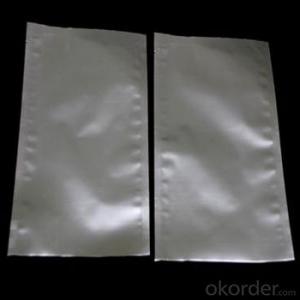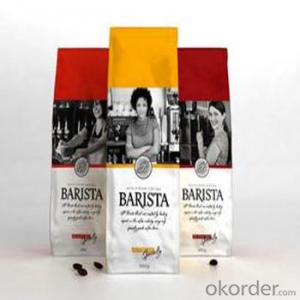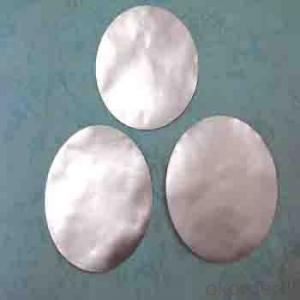Toxicity Of Stainless Steel
Toxicity Of Stainless Steel Related Searches
Shiny Or Dull Side Of Aluminum Foil For Cooking Inverter For 100w Solar Panel Solar Panel Inverter For Rv Pvc Tiles For Walls Wall Lights For Bedrooms Inverter Ac With Solar Panel Solar Panel With Inverter Kit Solar Panel Kits With Inverter Solar Panel With Inverter Direct Roving For PultrusionHot Searches
Steel Mesh Panels For Sale Type Of Inverter For Solar Price Of Shipping Containers For Sale Types Of Inverter For Solar Aluminum Bar Stock For Sale Bags Of Cement For Sale Types Of Temporary Side Panels For Cement Deck Cost Of Awnings For Decks Type Of Scaffolding With Pdf Price Of Scrap Stainless Steel Price Of Stainless Steel Scrap Price Of Stainless Steel Galvanized Steel Scrap Price Type Of Stainless Steel Types Of Stainless Steel Grades Types Of Stainless Steel Aluminum Corp Of China Stock Types Of Scaffolding In Construction Pdf Stainless Steel Factory Stainless Steel TypeToxicity Of Stainless Steel Supplier & Manufacturer from China
Okorder.com is a professional Toxicity Of Stainless Steel supplier & manufacturer, offers integrated one-stop services including real-time quoting and online cargo tracking. We are funded by CNBM Group, a Fortune 500 enterprise and the largest Toxicity Of Stainless Steel firm in China.Hot Products
FAQ
- To avoid staining stainless steel sheets, there are several actions you can take: 1. Regularly clean the sheets using mild soap or detergent and warm water. Harsh chemicals and abrasive cleaners should be avoided as they can harm the surface. 2. Keep the sheets away from corrosive substances such as bleach, ammonia, and acidic cleaners. If spills occur, quickly rinse the affected area with water and thoroughly dry it. 3. Apply a protective coating or film to create a barrier between the surface and potential staining agents. There are various products designed specifically for stainless steel that can be used, such as protective sprays or polishes. 4. Properly maintain the sheets by regularly inspecting for any damage, scratches, or rust. Address any issues promptly by cleaning or repairing the affected areas to prevent staining. 5. Use soft cloths or non-abrasive sponges when cleaning or maintaining the sheets to avoid scratching the surface. Avoid using steel wool or abrasive materials that can cause marks or damage. 6. Ensure the sheets are thoroughly dried after cleaning to prevent water spots or mineral deposits. Use a clean, lint-free cloth to remove any moisture. 7. Handle the sheets with care to prevent scratching or damaging the surface. Avoid dragging or sliding heavy objects across them, as this can leave marks or cause abrasions. By following these preventive measures, you can maintain the appearance and integrity of stainless steel sheets and minimize the risk of staining.
- Yes, stainless steel sheets can be used for escalator steps. Stainless steel is a popular choice for escalator steps due to its durability, strength, and resistance to corrosion. It can withstand the constant foot traffic, heavy loads, and the wear and tear that escalator steps are subjected to on a daily basis. Additionally, stainless steel has a sleek and modern appearance, which adds to the overall aesthetic appeal of escalators. This makes stainless steel sheets a reliable and practical choice for escalator steps in various commercial and public settings.
- There are several different types of patterned finishes available for stainless steel sheets, each offering a unique aesthetic and functionality. Some of the most common patterned finishes include: 1. Diamond: This pattern features a raised diamond-shaped texture on the surface of the stainless steel sheet. It provides enhanced grip and is commonly used in applications where slip resistance is important, such as flooring or industrial equipment. 2. Linen: The linen finish is characterized by a textured pattern that resembles woven fabric. It adds a subtle elegance to stainless steel sheets and is often used in interior design applications, such as wall cladding or decorative panels. 3. Checkered: This pattern consists of a grid of raised squares or rectangles, giving the stainless steel sheet a checkerboard-like appearance. The checkered finish is often used for decorative purposes, as it adds visual interest and can create a retro or industrial look. 4. Bead Blasted: In this finish, the stainless steel sheet is blasted with fine glass beads to create a matte texture with a slightly rough surface. Bead blasted finishes are commonly used in architectural applications, as they provide a modern and uniform appearance while reducing glare and fingerprints. 5. Etched: Etched finishes involve chemically altering the surface of the stainless steel sheet to create intricate patterns or designs. This process can achieve a wide range of effects, from simple line patterns to complex images. Etched finishes are often used in decorative applications, such as signage, artwork, or custom designs. 6. Sandblasted: Similar to bead blasting, sandblasting involves using high-pressure sand or other abrasive materials to create a textured surface on the stainless steel sheet. This finish provides a rougher and more pronounced pattern compared to bead blasting, making it suitable for applications that require a more industrial or rugged appearance. 7. Mirror: While not technically a patterned finish, the mirror finish is worth mentioning as it is a popular choice for stainless steel sheets. This finish is achieved through a series of polishing and buffing processes, resulting in a highly reflective surface that resembles a mirror. The mirror finish is commonly used in architectural elements, such as cladding, decorative accents, or reflective surfaces. Overall, the choice of patterned finish for stainless steel sheets depends on the desired aesthetic, functionality, and specific application requirements. Each pattern offers a distinct look and texture, allowing for endless possibilities in design.
- Yes, stainless steel sheets are suitable for elevator doors. Stainless steel is a popular choice for elevator doors due to its durability, corrosion resistance, and aesthetic appeal. Elevator doors are subject to constant use and exposure to various elements, making stainless steel an ideal material as it does not rust or corrode easily. Additionally, stainless steel sheets can be easily maintained and cleaned, ensuring a long-lasting and visually pleasing appearance. The versatility of stainless steel also allows for customization in terms of finishes, textures, and patterns, allowing elevator doors to be designed to match the desired aesthetic of the building or space. Overall, stainless steel sheets are a reliable and suitable choice for elevator doors.
- There are several types of stainless steel sheet finishes commonly used in food processing applications. These include mill finishes, which are smooth and unpolished; 2B finishes, which are slightly reflective and have a smooth, matte appearance; and mirror finishes, which have a highly reflective surface. Additionally, there are also brushed finishes, which have a textured appearance, and embossed finishes, which feature raised patterns or designs on the surface.
- The automotive industry finds stainless steel sheets to be a valuable resource. This material has gained popularity due to its numerous advantageous properties. Its exceptional resistance to corrosion makes it an ideal choice for components that are exposed to harsh weather conditions, like car exteriors and body panels. Stainless steel sheets are also renowned for their impressive strength-to-weight ratio, enabling the creation of lightweight yet sturdy automobile parts. Moreover, stainless steel exhibits remarkable heat resistance and can endure high temperatures, making it suitable for applications like exhaust systems. In summary, stainless steel sheets are extensively utilized in the automotive industry because of their durability, ability to resist corrosion, and versatility in various applications.
- Yes, stainless steel sheets can be used for decorative backsplashes. Stainless steel is a versatile and durable material that is commonly used in kitchen and interior design. It offers a sleek and modern look, making it a popular choice for contemporary and industrial-style kitchens. Stainless steel backsplashes are not only visually appealing but also highly functional, as they are resistant to heat, stains, and water. Moreover, stainless steel is easy to clean and maintain, making it a practical option for a backsplash in a busy kitchen. Whether you prefer a polished, brushed, or patterned finish, stainless steel sheets can be customized to suit your aesthetic preferences, allowing you to create a stylish and eye-catching backsplash that complements your overall design scheme.
- The modulus of elasticity, also known as Young's modulus, is a measure of the stiffness or rigidity of a material. For stainless steel sheets, the modulus of elasticity typically ranges from 190 to 200 gigapascals (GPa). However, it is important to note that the modulus of elasticity can vary depending on the specific type and grade of stainless steel, as well as factors such as temperature and strain rate.













































